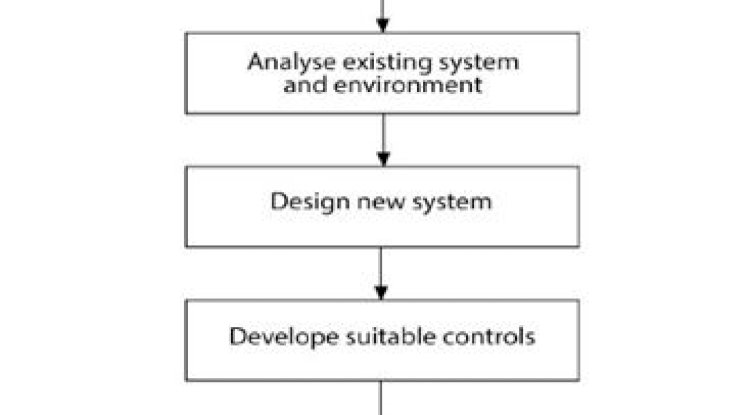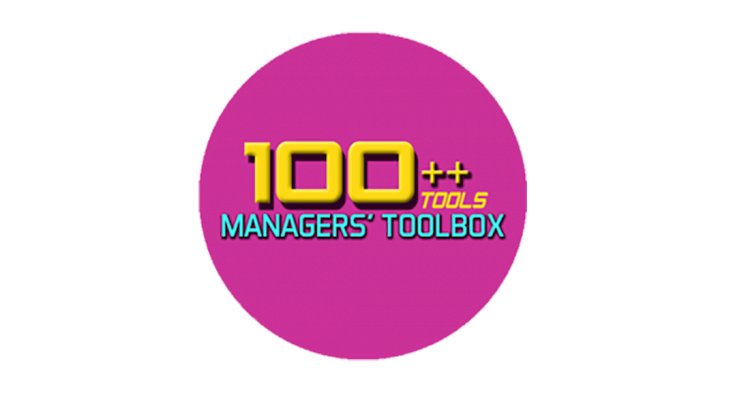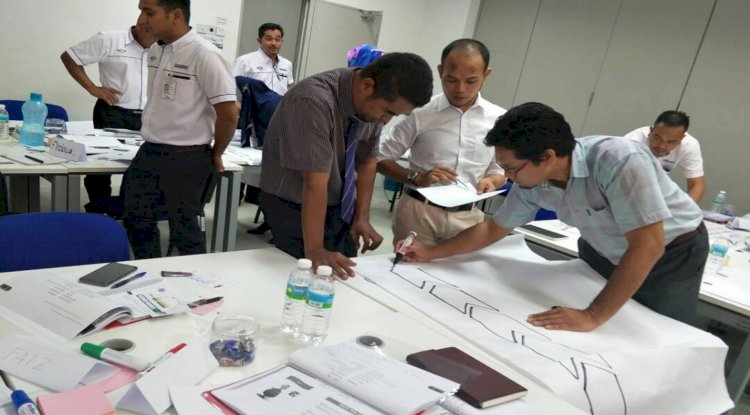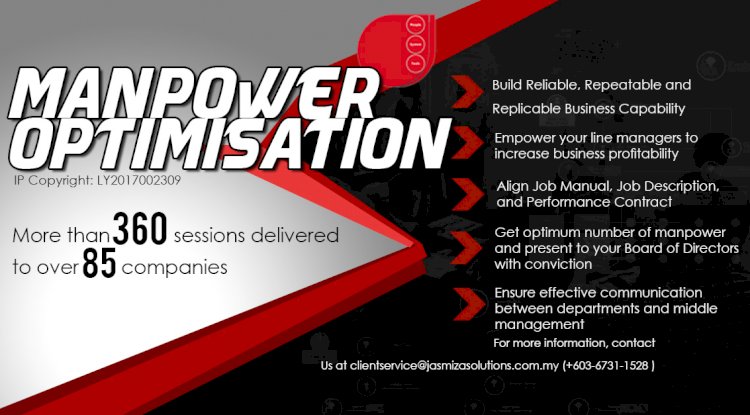100 Managers' Toolbox: Business Design and Improvement
A 100 managers tool for business process design and improvement to ensure that there is an organised systemic structure for existing business processes which can increase value and drive down costs
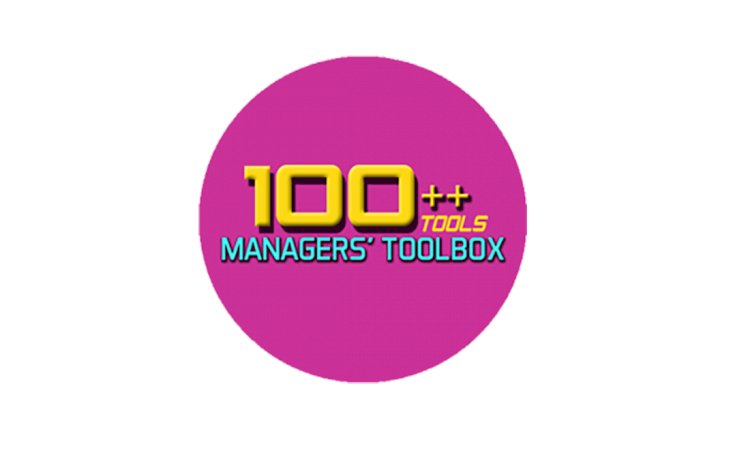
In our 100 #managerstoolbox series continuation we will touch Design and Improvement. Managers should adhere to the following process in the capability building process of design and improvement.
When to use
When considering carrying out business design or an improvement project in any part
of the business.
What you get
A holistic approach to business system design.
Time
Depends on the size, scale and scope of the project. And overview of the elements it
will need to contain will take about 1 day.
Number of people
A multifunctional team of people will need to head up of the project. Involvement from
all stakeholders will be important throughout the project. The core team needs to be
full time.
Equipment
A clearly visible plan and review mechanism – see tools 36: Gantt Chart; 71: Road
Mapping and 2: Balanced Scorecard.
Method
1. Identify objective, e.g. quality, market share, level of inventory, cost reduction and
duration of the project.
2. Create project team – ensure both suitability and capability of team are considered
(right skills, right mix and right attitude). See tools 77: Skills Matrix; 86: Team
Working and 75: Shared Values.
3. Analyse the existing way of working and environment. Useful tools: 83: SWOT
Analysis; 89: Time Based Process Mapping; 57: Order Qualifier and Order Winners;
31: Flowcharting; 27: External Analysis (PETS).
4. Design the new. Give an overview of the basic subsystems and objectives (top-down
approach) and develop the detailed design by empowered employees (bottom-up
approach). Integrating the two approaches provides a holistic approach. Initially
design from a logical perspective, then consider how it will cope when working
(steady-state and dynamic design).
5. Develop suitable controls for the design, ensuring the controls are useful, simple and
don’t cause any unwanted knock-on effects. Tool 78: Solution Effect Analysis is
useful for checking this.
6. Implement the design. Plan this stage carefully; it is important that the implementation
does not have a detrimental impact of the customer. Consider Communication, training
requirements, problem identification, resource requirements etc.
7. Monitor and improve – use suitable measures to monitor and reward improvements.
Enrol all stakeholders in the continuous improvement. See tool 40: improvement
Cycle.
Example
A project may be to improve the hospitality services for a company. This would require a team of people from across the organisation. There would need to be some focused objectives, an understanding of the current situation, a new way of working would need to be designed, suitable controls agreed and then reviews put in place to continuously improve.
Exercise
Use the approach to design a fitness programme.
Key points
This tool provides a holistic framework for business design, it is important that it is
moulded to your organisation’s needs. It is important to keep the design as simple as
possible. A successful design is useless if people don’t buy into the new way of working.
Total commitment is required from senior management to make it work.
Effectiveness comes before efficiency – make sure you are doing the right job before you worry about how well you are doing it.
Additional comments
It is an iterative process: don’t expect a ‘right answer’.
There are many processes and models to aid business design, this is just one which simple and yet flexible enough to work in many situations.
Other information
Further information can be found in M. Hammer and J. Champy, Reengineering the
Corporation, Nicholas Brealey, 1993 and L. Miller, Business Process Re-engineering: A Management Guidebook (2nd ed), Vertical System, Inc., 1996.
